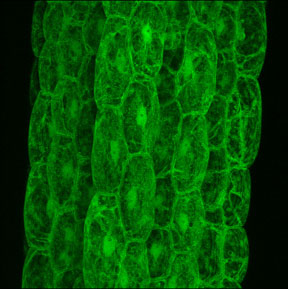
This year’s Nobel Prize for chemistry has been earned by three scientists who researched into the mysterious green glow of a jellyfish. They will split the prize which has been given to them for the discovery and development of the green fluorescent protein GFP.
Osamu Shimomura of the Marine Biological Laboratory in Woods Hole, Massachusetts; Martin Chalfie of Columbia University; and Roger Tsien of the University of California at San Diego helped developed what is today one of the most important tools in bioscience, as it allows scientists to watch certain processes that would otherwise be invisible, such as the development of nerve cells.
Osamu Shimomura, a Japanese citizen was the first man who isolated GFP from the jellyfish and discovered that it lights a bright green under ultraviolet light. American scientist Martin Chalfie that the protein can be very useful as a genetic tag in natural processes. Roger Tsien, also an American developed the protein so that it can appear in many other colours.
Today scientists can give different cells different colours, which enables them to study more than one biological process at the same time. They can also connect GFP with other proteins, and using DNA technology, they can observe the movements, positions and interactions of the who carries the tag.






